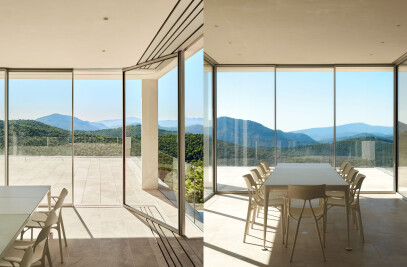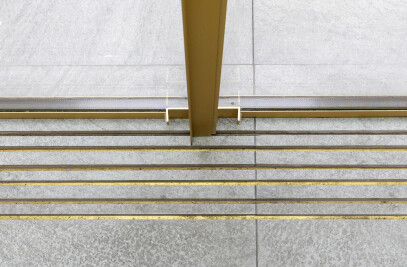In the Spaarndammerbuurt of Amsterdam, an early twentieth-century neighborhood rich with social housing in the Amsterdam School tradition, Korth Tielens architecten in collaboration with Marcel Lok_architect completed a contemporary interpretation of a housing block in the same tradition.

The housing block replaces the former Spaarndammer school. A building that broke with the urban layout of the neighborhood. The Spaarndammerhart restores the original urban fabric by implementing an inner courtyard and reconnecting an inner street.

The rich masonry refers to the exemplary Amsterdam School buildings like het Schip, that is located around the corner. The block wrapped around the courtyard is clad with yellow brickwork made by Deppe Backstein-Keramik. The courtyard is clad with green glazed brickwork by St Joris. The row on the other side of the street has dark red bricks by Muhr.

The architects collaborated with artist Martijn Sandberg to integrate artwork into the brickwork of the gateways, paving and house numbers. The artwork executed in brick relief flows like a continuously repeating sequence through the archways and courtyard.

The block has a five level street wall that consists of social housing and private rental apartments. The courtyard houses are private houses and the houses opposite the street are zoned as live-work dwellings. Two undulating entrances mark the entrances to the courtyard. One has a ramp that leads to the underground parking.

Encroachment zones were inserted by the architects as transition zones in between private and public. The designers hope the residents will appropriate the areas, as is often done in other areas of the neighborhood, marked by a deep recess and paved hard stone.

The intimate courtyard garden, designed by DS Landschaparchitecten, is fitted with tailored planting to provide food for the expected urban animals such as small songbirds, bats and insects.



































